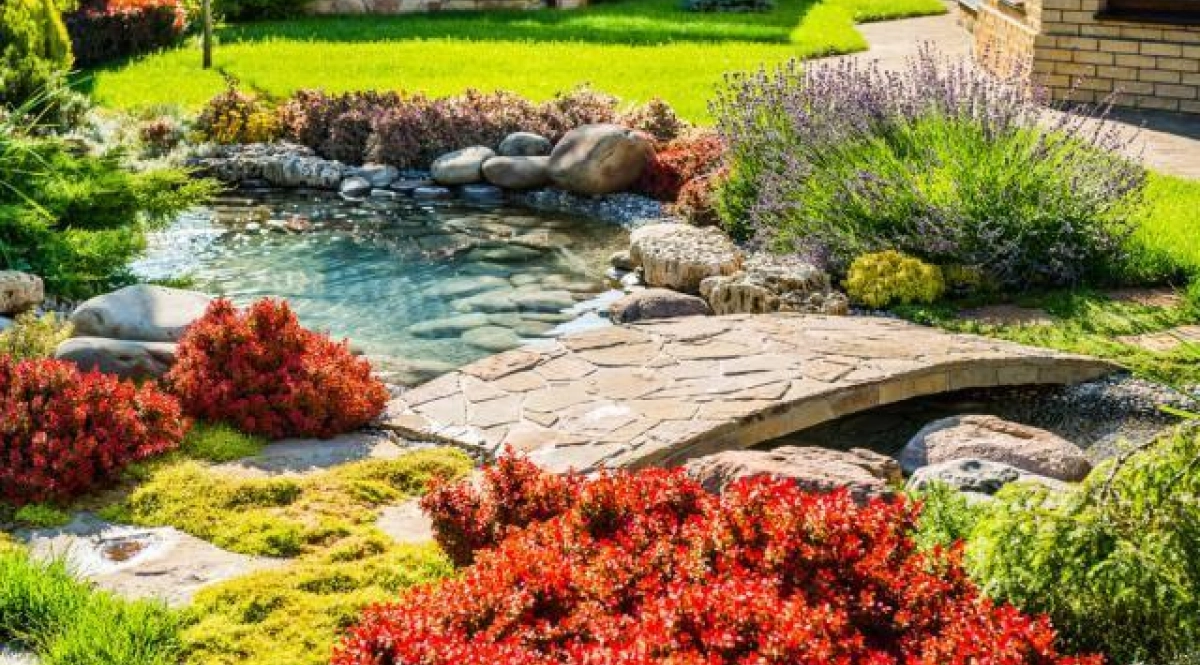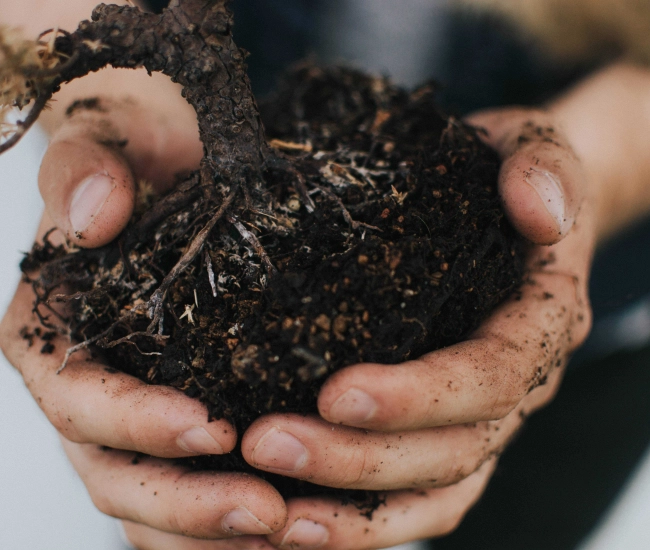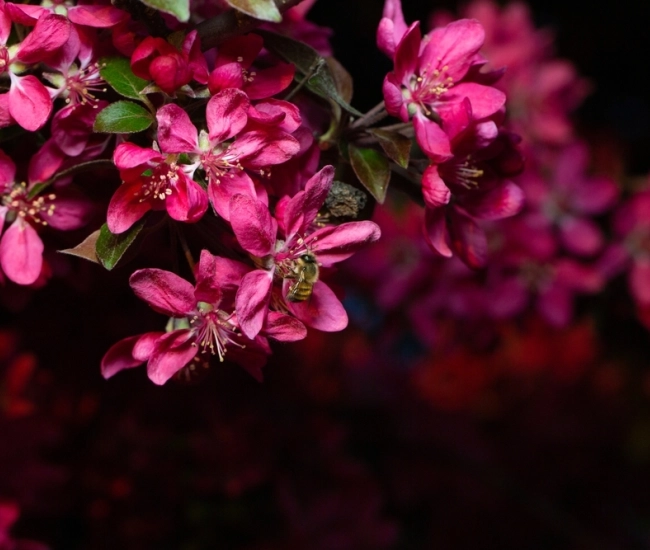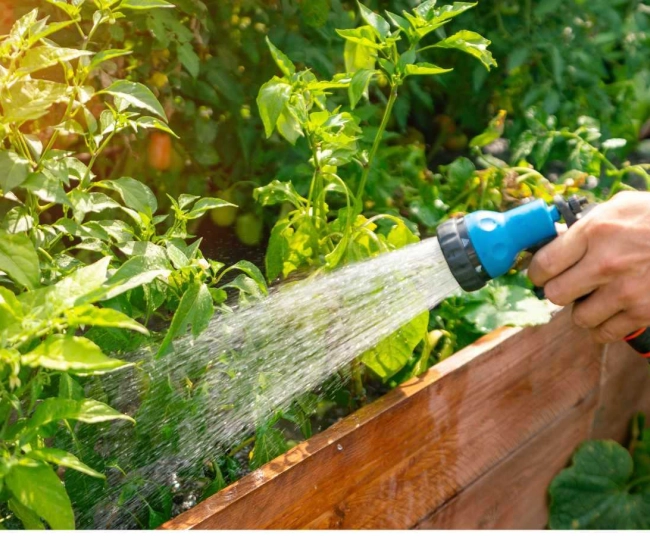
Maintaining Your Water Garden: Our Tips
Water in the garden should be pleasant and hassle-free. Everyone loves to combine beauty and purity there. So why not opt for simplicity! Here are some tips for maintaining your water garden easily and naturally.
Caring for Your Water Garden at the Start of the Season
When spring shows its first signs, it's time to start preparing your water garden for the warm season. Here are our maintenance tips until May.
Early Spring
At the first signs of spring, start the waterfall or fountain and the filtering marsh. Also, begin the application of specialized bacteria for sediments. These bacteria have the ability to digest organic matter accumulated at the bottom of the pond and are particularly active in cold water, that is, until early June.
In April
In April, put on shoulder-length gloves and take the plants out of the pond to prune and divide those that need it. Have well-moistened newspapers on hand to cover your aquatic plants, so they do not dry out once removed from the water. Take the opportunity to fertilize flowering plants such as water lilies and moisture-loving plants. The fertilizer will be absorbed by the plant only a few weeks later when the water temperature is warmer.
At this time, adding a product like peat humus to the water helps stabilize the pH naturally and gradually. Note that bacteria are effective when the pH is between 6 and 8.5, and adding vinegar or other products that drastically change the pH in a few hours has no long-term effectiveness. They can harm the aquatic flora and fauna by destabilizing the environment quickly and abruptly.
Mid-May
Mid-May is the ideal time to start adding nitrifying bacteria, which overlap with the application of sedimentation bacteria. Then, if algae begin to appear, you can increase the frequency of bacteria application to twice a week for 3 or 4 weeks. You can also add some water hyacinths: they will feed on the excess minerals in the water column. Once a month, prune yellowed leaves and faded flowers.
Fertilization
It is recommended to fertilize two to three times during the season. The fertilizer must be well inserted into the soil of the plant to prevent algae from benefiting from it. The last fertilization will take place at the beginning of August to prepare for winter.
Meanwhile, continue the weekly application of bacteria and be very attentive to all sources of pollution that will feed the algae:
- fertilization of the lawn and vegetable garden
- grass clippings that end up in the water garden during mowing
- fish food, which is a treat for algae; you can stop feeding the fish from mid-June to mid-September
- runoff water during heavy rain, which you can control with a drain around the water garden
- fertilizers from aquatic plants that come into contact with the pond water
- water heating by a waterfall or fountain
Essential Elements Simplifying Maintenance
Besides the action of plants and bacteria, two essential elements simplify the maintenance of the water garden:
- the addition of oxygen, which promotes the action of bacteria and improves the quality of the biotope while controlling algae
- the installation of a "filtering marsh" equivalent to 5% of the surface of the water garden, which completes the balance through its biological action.
Our Pro Tip
A waterfall or fountain in full sun heats the water and thus promotes algae growth. It is preferable to stop the waterfall or fountain during the day and operate it very early in the morning before 9 a.m. and in the evening after 6 p.m. Additionally, ensure that two-thirds of the pond's surface is covered with plants to keep the water cool.
Tips and advice



